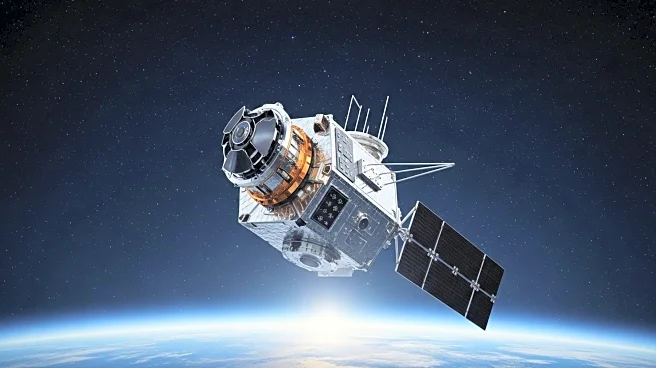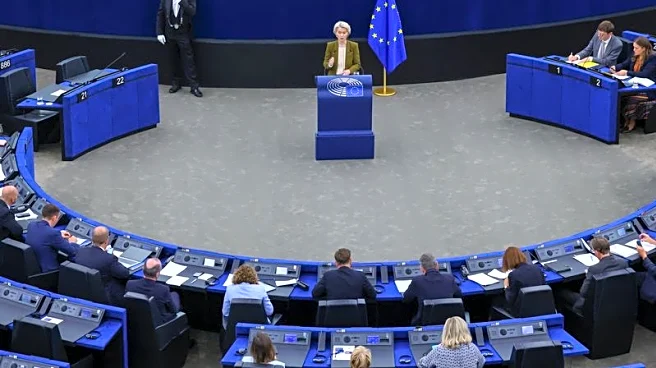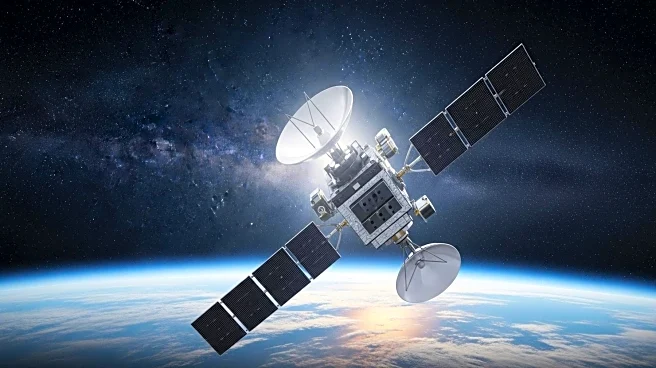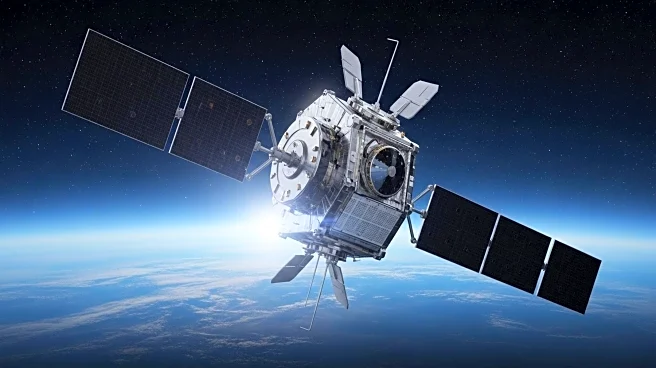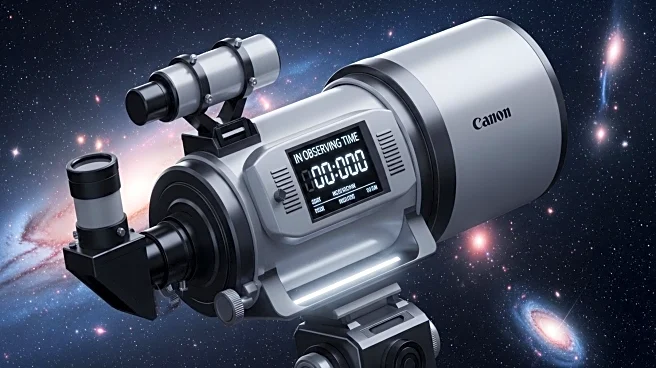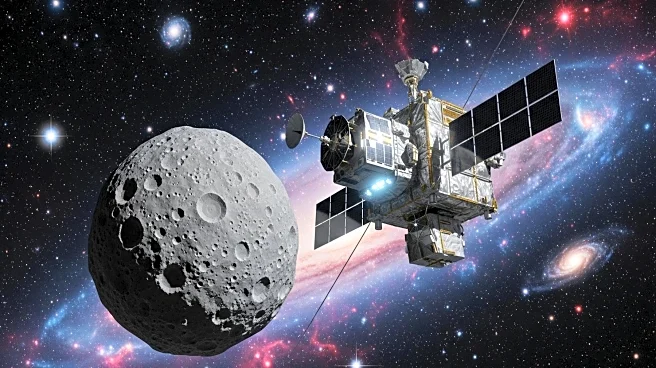What is the story about?
What's Happening?
The Sentinel-6B satellite, a joint mission by NASA and ESA, is set to launch in November to provide crucial sea surface height data for marine weather forecasts. This satellite will succeed its twin, Sentinel-6 Michael Freilich, launched in 2020. Sentinel-6B will measure sea levels, wind speeds, and wave heights, aiding meteorologists in predicting ocean conditions and alerting ships to potential hazards. The mission is part of the Sentinel-6/Jason-CS program, a collaboration involving NASA, ESA, the European Union, EUMETSAT, and NOAA. The satellite's data will help ships navigate safely by providing information on large currents like the Gulf Stream.
Why It's Important?
Accurate marine weather forecasts are vital for global trade, as most goods are transported by sea. Sentinel-6B's data will enhance the safety of shipping operations by predicting dangerous sea conditions. The satellite's ability to measure sea level changes and current locations is crucial for avoiding accidents and cargo loss. This mission continues a legacy of ocean observation, providing consistent data since the early 1990s. The collaboration between international space agencies underscores the importance of global efforts in monitoring Earth's changing seas.
What's Next?
Following its launch, Sentinel-6B will begin transmitting data to meteorologists, improving the accuracy of marine forecasts. The satellite will contribute to a long-term dataset of sea level measurements, aiding climate research and policy decisions. As the ocean becomes busier and more dangerous, the satellite's data will be integral to ensuring maritime safety. Future missions may build on Sentinel-6B's capabilities, further enhancing ocean monitoring and international collaboration.
AI Generated Content
Do you find this article useful?
